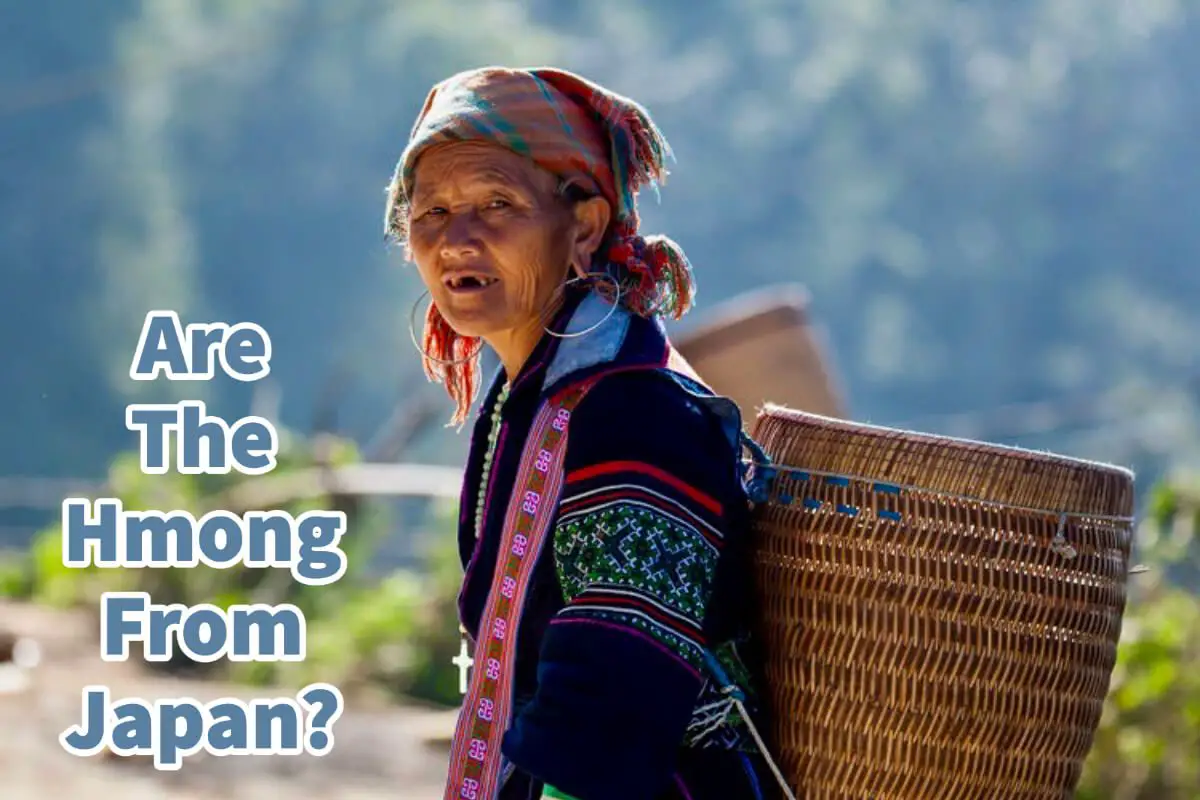The Hmong are a group of people in Asia with a long and rich history. Over the years, many Hmong have migrated to Southeast Asia.
There is no evidence to show that the Hmong are from Japan. History indicates that the Hmong have lived in China for thousands of years. Over the years, the Hmong had many rebellions with the Chinese as the Imperial Chinese tried to force them to assimilate. Several bloody revolts within China caused many Hmong to leave China and migrate to Vietnam, Laos, Thailand, and Myanmar (Burma).
Table of Contents
- The Hmong Are Not From Japan
- Hmong Migrate From China To Southeast Asia
- 10 Reasons Why Sapa, Vietnam Is The Ultimate Destination To Experience The Hmong Culture
- Frequently Asked Questions
- Related Questions
Even today, a majority of the Hmong still live in China. There is no significant Hmong population in Japan, and no evidence to show the Hmong were ever from any place other than China.
The Hmong Are Not From Japan
The Hmong is an ancient Chinese Ethic minority. There is no evidence that the Hmong ever originated or came from Japan.
The Hmong have traditionally passed down their history through oral history. The Hmong oral history and the evidence from archives and archeological finds suggest that the Hmong ethnic minority originated near the Yellow and Yangtze rivers in China around 4,000-3,000 BCE; this makes the Hmong an ancient Chinese ethnic group.
History shows that the Hmong were a very dynamic group of farmers, and they were known to be some of the first people to cultivate rice and help spread rice as a staple all around Asia.
For thousands of years, the Hmong were a minor ethnic group in China that constantly struggled to gain independence. Imperial China continued to suppress any uprisings from small kingdoms such as the Hmong in their quest to unite all Chinese people as one.
Listen To Our Podcast About Where Did The Hmong Come From? Below or by clicking here.
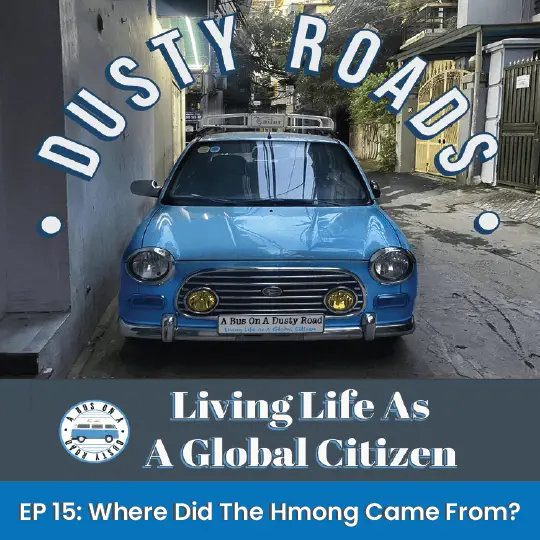
Hmong Migrate From China To Southeast Asia
The Hmong and the Chinese continued to fight for hundreds of years. In China, the Hmong are classified as Miao; the Miao are banded together as a group of ethnic minorities that are similar.
Some significant rebellions ensured the Hmong eventually migrated to Southeast Asia in present-day Vietnam, Laos, Thailand, and Myanmar (Burma). There is no evidence that the Hmong ever migrated to Japan.
All the Hmong history shows that their migration was to southeast Asia. They eventually migrated to Southeast Asia because of all the bloody rebellions in China. The Hmong were never able to gain their independence in China.
The significant rebellions that ensured the Hmong continued to migrate to Southeast Asia include:
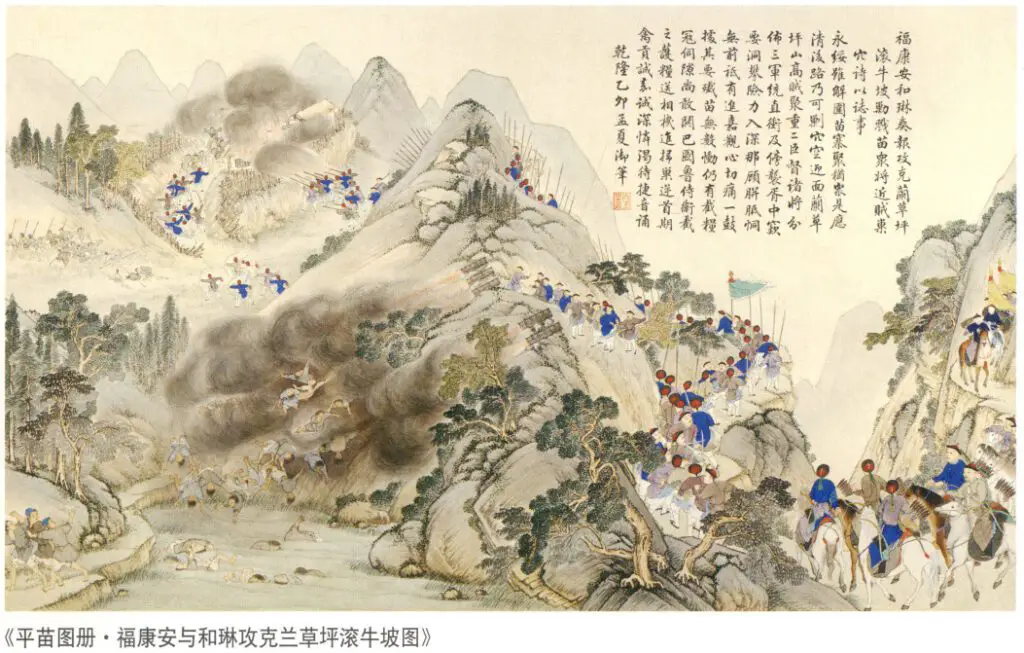
- Miao Rebellion (1795–1806) – The Miao Rebellion took place in Hunan and Guizhou, China, where many Miao minorities, including the Hmong, lived. It was a very bloody rebellion that took place over many years.
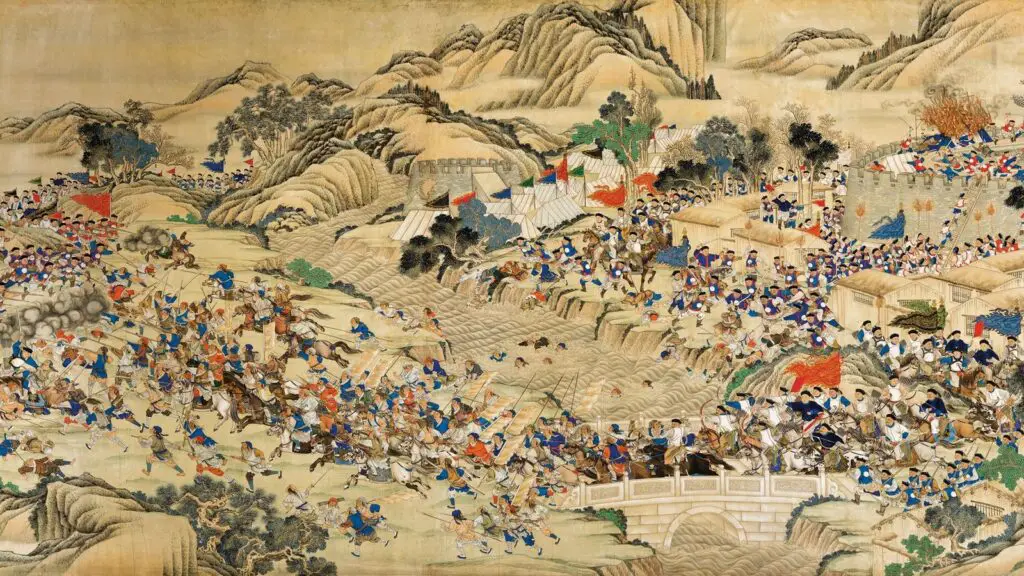
- Taiping Rebellion (1850-64) – The Taiping Rebellion was a massive civil war in China; the civil war did not just go against the Hmong, but the Hmong were one of the groups that were wrapped up in this rebellion and affected by it.
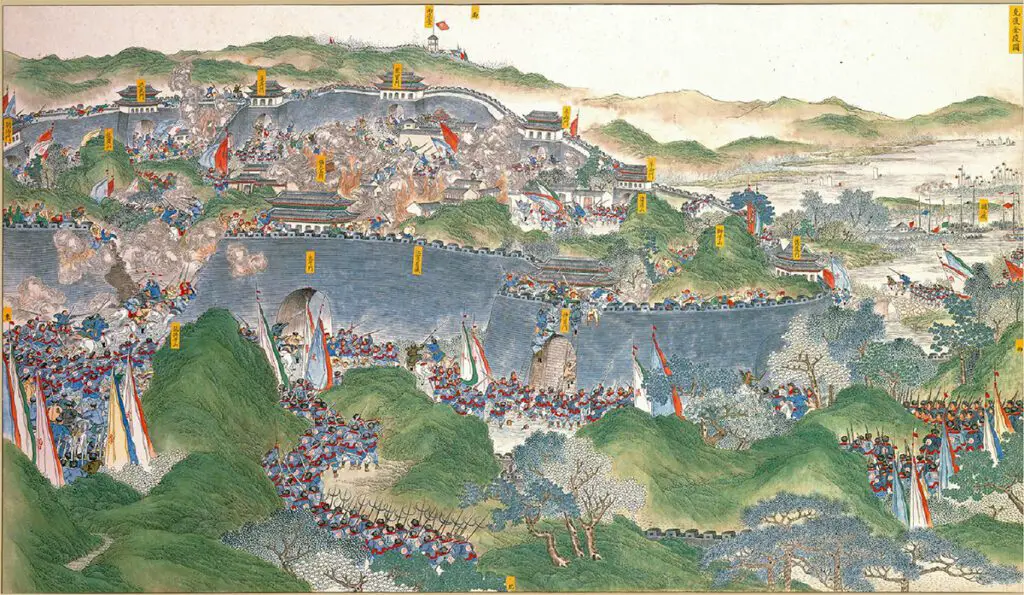
- Miao Rebellion (1854–1873) – There was a second Miao rebellion after the first. Like the first rebellion, this was also a bloody rebellion.
Despite all this fighting, the Hmong never gain any independence in China. Today the Hmong are a minor ethnic minority group still classified as Miao with many other ethnic minorities.
As Cher Cha Vang, a Hmong Military leader who now lives in Minnesota in America, said this about the Hmong and where they originated from:
“We always knew that our history was rooted in China. However, our ancestors never got along with the Imperial Chinese. They invaded our lands. Killed our people. This went on for hundreds of years. Many Hmong leaders and their families, including my great-grandparents, moved to Laos to escape being persecuted.”
Cher Cha Vang
The Hmong history is deeply rooted in China, but it has a bloody history of the Chinese trying to force the assimilation of the Hmong into Chinese society. Despite this, the Hmong were able to keep their culture and traditions alive, and eventually, they migrated to Southeast Asia.
The Majority Of Hmong Today Still Live In China And Vietnam
From this migration to Southeast Asia, the Hmong got caught up in many other brutal wars, most notably the Vietnam War. After this war, many Hmong were forced to leave their country, especially Lao, and settle in other parts of the world, including the United States.
Today, you can find Hmong worldwide, including in China and Vietnam. Laos, Thailand, Myanmar (Burma), and the United States.
Today, most Hmong still live in China, with Vietnam being the second largest population of Hmong. There is not much Hmong living in Japan; there is no evidence that the Hmong ever came from, lived in, or were part of the Japanese culture and people.
10 Reasons Why Sapa, Vietnam Is The Ultimate Destination To Experience The Hmong Culture
Having visited Sapa multiple times, I’ve been captivated by its allure, particularly its intimate connection with the Hmong people. Nestled amidst Vietnam’s picturesque highlands, Sapa offers a genuine gateway to understanding the Hmong way of life.
Here are ten reasons, deeply rooted in my experiences, why Sapa stands out as a destination:
- Touristic Charm: Sapa, with its quaint charm and scenic beauty, has established itself as a sought-after tourist town. The harmonious blend of nature, culture, and modern amenities ensures visitors have a memorable experience.
- Hmong Heartland: One of the unique facets of Sapa is its significant Hmong population. You’ll likely encounter the Hmong community’s vibrant culture, colors, and traditions everywhere you turn.
- Trekking Adventures: For me, trekking through the terraced rice fields and serene landscapes to witness where the Hmong reside is an unmatched experience. The trails lead you through some of Vietnam’s most breathtaking sceneries.
- Overnight in a Hmong Village: One of the most immersive experiences is choosing to stay overnight in a Hmong village. The hospitality, warmth and the chance to experience their daily life firsthand are genuinely enriching.
- Deep Dive into Hmong Culture: Sapa provides ample opportunities to delve deep into the culture. Every tradition has a story and history, from traditional dances to intricate handicrafts.
- Local Markets: The bustling markets of Sapa are a sensory delight. Frequented by Hmong vendors, these markets offer a chance to buy authentic Hmong crafts, fabrics, and artifacts.
- Culinary Delights: In Sapa, I’ve had the privilege of tasting traditional Hmong cuisine. Their unique flavors, ingredients, and cooking methods are a culinary journey.
- Interaction with Locals: The Hmong people are known for their hospitality. Engaging in conversations, sharing stories, and learning from them has always been a highlight of my trips.
- Festivals and Celebrations: If timed right, one can witness the grandeur of Hmong festivals in Sapa. These celebrations offer a vibrant insight into their beliefs, traditions, and communal spirit.
- Natural Beauty: Beyond the cultural experiences, Sapa’s natural beauty – from the mist-covered mountains to the serene valleys – adds to the overall enchantment of the place.
Sapa is more than just a travel destination; it’s a vibrant tapestry of culture, nature, and history. Every visit has been a journey of discovery, offering a deeper understanding and appreciation of the Hmong community and their incredible resilience, traditions, and spirit.
If you’re seeking efficient ways to navigate Japan, we suggest referring to the Book a Way website. This platform offers valuable insights and clear guidance on traveling between various locations within the country. To learn more about their services, click on the link provided below.
At A Bus On A Dusty Road, we talk about everything about history, travel, life, sailing, and ex-pat living. We are all about “Living Life As A Global Citizen.” We explore social, cultural, and economic issues and travel.
We would love to have you be part of our community. Sign up for our newsletter to keep up-to-date by clicking here. If you have any questions, you can contact me, Anita, by clicking here.
Listen to our Podcast called Dusty Roads. You can find it on all major podcast platforms. Try out listening to one of our podcasts by clicking here.
Subscribe to our A Bus On A Dusty Road YouTube Channel filled with great videos and information.
Frequently Asked Questions
1. Are the Hmong originally from Japan?
No, there is no evidence to suggest that the Hmong are from Japan. They have a historical presence in China, not Japan.
2. Where did the Hmong originate from?
The Hmong are believed to have originated in China, where they have a long history dating back thousands of years.
3. Why is there confusion about the Hmong’s origin in Japan?
The confusion may arise from misconceptions or misunderstandings about the Hmong’s history and migration patterns. However, historical records indicate their roots in China.
4. Have the Hmong ever lived in Japan?
There is no historical evidence to suggest that the Hmong have ever lived in Japan. Their primary historical presence is in China and later in Southeast Asian countries.
5. How did the Hmong end up in Southeast Asia?
Many Hmong migrated to Southeast Asia, including Vietnam, Laos, Thailand, and Myanmar, due to conflicts and persecution in China. These migrations occurred over centuries.
6. What were the reasons for Hmong migration out of China?
Hmong migration out of China was prompted by several factors, including conflicts with the Chinese authorities, forced assimilation attempts, and bloody revolts against Chinese rule.
7. When did the Hmong start migrating to Southeast Asia?
The Hmong began migrating to Southeast Asia over many centuries, with significant migrations occurring during various historical periods.
8. How have the Hmong communities fared in Southeast Asia?
Hmong communities in Southeast Asia have adapted to their new environments and have preserved their unique cultural heritage. They have faced challenges but have also contributed to the diversity of the region.
What is the current population of the Hmong in Southeast Asia?
The Hmong population in Southeast Asia is estimated to be in the millions, with significant communities in countries like Laos, Vietnam, Thailand, and Myanmar.
10. Are there any connections between the Hmong and Japan today?
While there may be occasional cultural exchanges or interactions, there are no substantial historical or ethnic connections between the Hmong and Japan. The Hmong are primarily associated with Southeast Asia and China.
Related Questions
Are Hmong People And Mongol People Related?
The Hmong people are from China and have migrated to southeast Asia, mainly Vietnam, Laos, Thailand, and Myanmar (Burma). The Mongols, also known as Mongolians, live primarily in Inner Mongolia (China) and Mongolia. The Hmong mainly live in the mountains, whereas the Mongols are nomadic herders.
By clicking here, you can discover Are Hmong People And Mongol People Related?
What Happened To The Hmong After The Vietnam War?
When the Vietnam War ended, the Hmong in Laos was in a terrible position; the Hmong fighters were enemies of the present Laotian government and considered “persona non gratis.” Some were forced into labor camps or kicked out of their home and lands. The Hmong eventually made their way to the Laotian – Thai border to try to get into the United States via Thailand.
By clicking here, you can discover What Happened To The Hmong After The Vietnam War?
Are Miao And Hmong The Same People?
Miao is a Chinese term used for the ethnic hill tribes that are Hmong, Hmu, Qo Xiong, and A-Hmao people. If someone says they are Miao, you can not automatically assume they are Hmong as they could be one of these four ethnic classified groups.
By clicking here, you can learn more by reading Are Miao And Hmong, The Same People?

